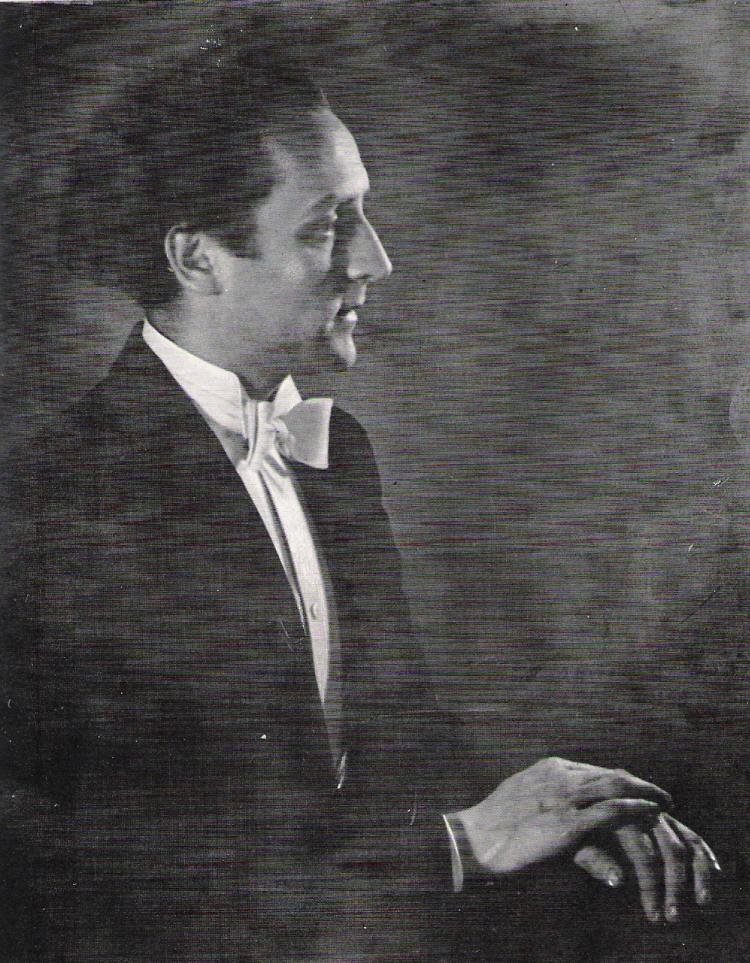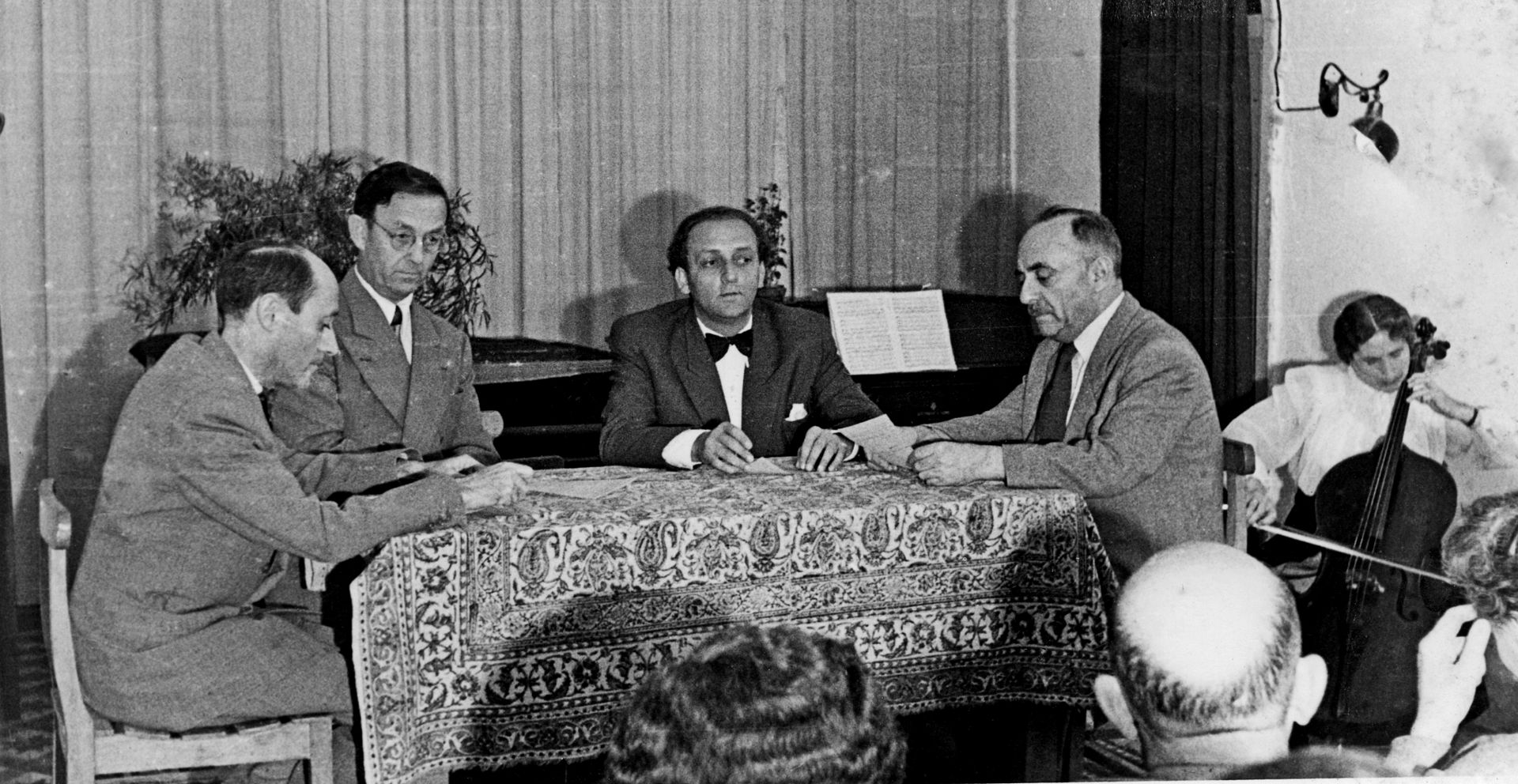Frank Pelleg: A Life in Music
Introduction
Frank Pelleg was a German-born Israeli pianist, composer, conductor, and musicologist whose life spanned some of the most turbulent and transformative decades of the 20th century. Through his work in performance, education, and cultural leadership, Pelleg became a key figure in shaping the musical life of the nascent State of Israel. A passionate advocate for both European classical music and the evolving Israeli music scene, Pelleg’s legacy continues through his compositions, recordings, and scholarly work.

Childhood
Frank Pelleg was born on May 19, 1910, in Güstrow, Mecklenburg, Germany, under the birth name Frank Pollak. He showed early talent for music, beginning piano studies at a young age. His family encouraged his musical education, and by his teenage years, he had already demonstrated a strong inclination toward the intellectual and expressive dimensions of the art.
His early education took place in Berlin, a city teeming with artistic innovation in the post-World War I Weimar period. There, Pelleg was exposed to a vibrant cultural life that included theater, literature, and especially music. The political and cultural ferment of the time would influence his artistic outlook and commitment to bridging tradition with modernity.
Youth
Pelleg pursued formal studies in music at the Berlin Hochschule für Musik, where he trained in piano, composition, and conducting. He was particularly drawn to the works of Johann Sebastian Bach, Ludwig van Beethoven, and Johannes Brahms, while also showing an affinity for contemporary music. His interest in early music and authentic performance practice emerged during this period, well before it became a popular trend in classical music.
He also studied philosophy, literature, and art history—an interdisciplinary background that would later inform his career as a lecturer and musicologist. Pelleg was part of a generation of European intellectuals who believed deeply in the transformative power of culture. However, with the rise of Nazism in the early 1930s, his world was soon to be irrevocably altered.
Adulthood
As the Nazi regime gained power, life became increasingly dangerous for Jews in Germany. In 1936, Pelleg emigrated to Mandatory Palestine. There, he adopted the Hebrew surname “Pelleg,” meaning “steel” or “iron,” symbolizing both resilience and his new identity. He quickly immersed himself in the musical and cultural life of his new homeland.
In Palestine and later the State of Israel, Pelleg became one of the leading figures in classical music. He worked as a pianist, frequently performing as a soloist with the Israel Philharmonic Orchestra, and as a conductor with various ensembles. He also gave lecture-recitals and wrote extensively about music, both in academic and popular publications.
His interests were broad: he promoted Western European repertoire while also championing Israeli composers. Pelleg was instrumental in shaping Israeli music education, serving as a senior lecturer at the Tel Aviv Academy of Music and giving master classes throughout the country.
He represented Israel in various international forums, including UNESCO, and was active in promoting cultural exchange. His multilingualism and cosmopolitan background allowed him to function effectively as a cultural ambassador, helping to situate Israeli music within the broader context of Western art music.
Major Compositions
While Pelleg was most celebrated as a pianist and educator, he also composed a small but distinctive body of works. His music reflected a synthesis of European tradition and Middle Eastern inflection—a hallmark of many Israeli composers of his generation.
Some of his notable compositions include:
- “Suite for Harpsichord” (1953): A work that demonstrates his fascination with Baroque forms, filtered through a 20th-century idiom.
- “Sonata for Violin and Piano”: Combining classical structure with modal harmonies reminiscent of Jewish liturgical music.
- “Three Songs for Voice and Piano” (text in Hebrew): A lyrical set rooted in both Israeli folk influences and German Lieder tradition.
Pelleg also wrote arrangements of traditional Jewish melodies, bridging the sacred and the secular. His deep knowledge of music history informed these works, often imbuing them with a scholarly sense of form and style.
Death
Frank Pelleg passed away on October 3, 1968, at the age of 58. His death marked a significant loss for Israeli music and cultural life. Though he did not leave behind a vast oeuvre of compositions, his influence was deeply felt in the institutions he helped shape, the students he mentored, and the audiences he educated.
Conclusion
Frank Pelleg’s life exemplifies the journey of a 20th-century intellectual and artist whose identity was forged in exile and renewed in a new homeland. As a pianist, conductor, teacher, and composer, he helped lay the foundations for Israel’s classical music culture.
While not a household name in the wider classical music world, Pelleg’s work continues to resonate through archival recordings, academic studies, and the continued influence of his pedagogical approach. His contributions remind us of the enduring value of cultural continuity and innovation in the face of historical upheaval.

Comments are closed